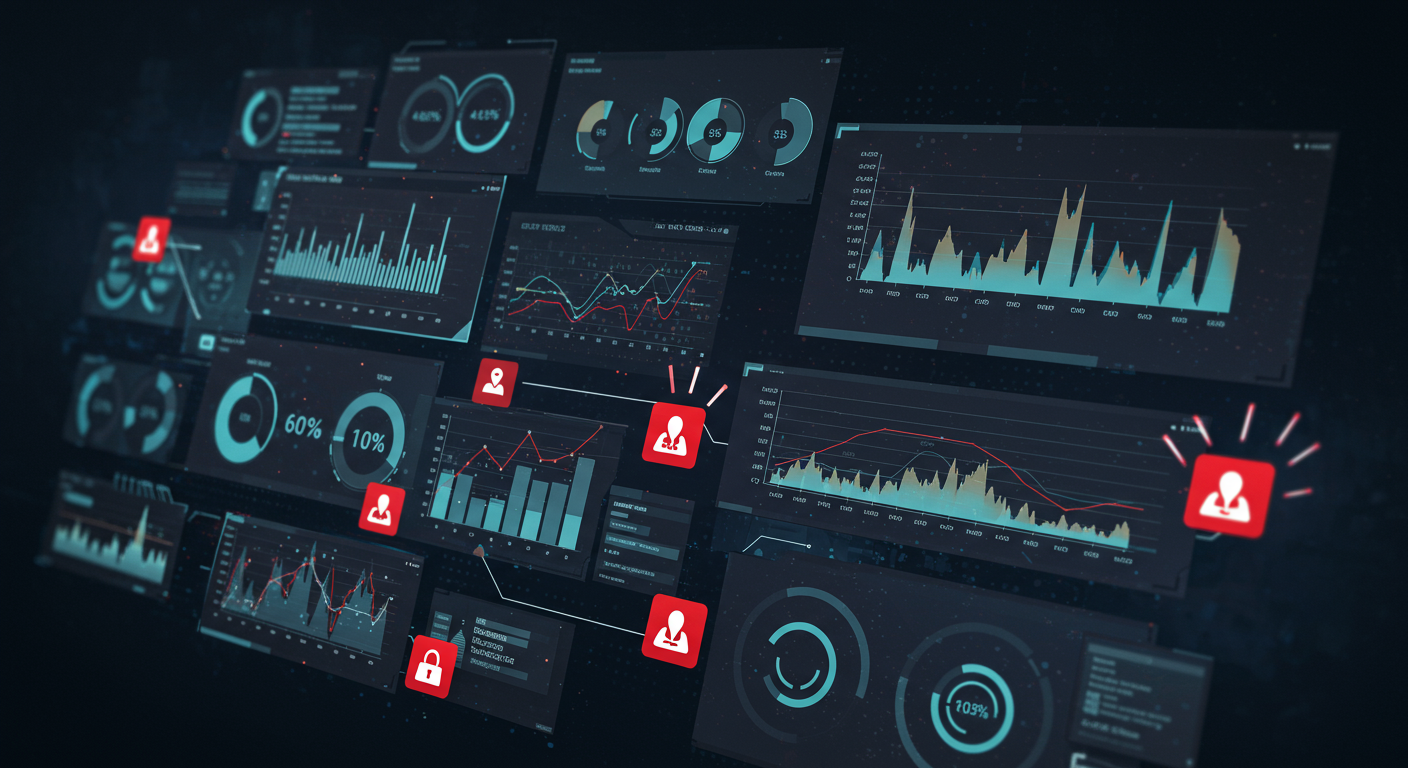Monitoring and Alerting in SRE
Effective monitoring and alerting are foundational to Site Reliability Engineering, providing visibility into system health and enabling proactive incident response.

The Importance of Monitoring
Monitoring in SRE is not just about watching dashboards; it's about understanding system behavior, detecting anomalies, and ensuring that Service Level Objectives (SLOs) are met. A well-designed monitoring system collects telemetry data (metrics, logs, traces) from all components of a system.
Key aspects of SRE monitoring include:
- Golden Signals: Focusing on four key metrics for user-facing systems: Latency, Traffic, Errors, and Saturation.
- White-box vs. Black-box Monitoring: Combining internal system metrics with external probing to get a comprehensive view of system health.
- Service Level Indicators (SLIs): Quantifiable measures of service reliability that inform SLOs.
Explore more about system design at AWS Architecture Center.
Effective Alerting Strategies
Alerting is the mechanism that notifies SRE teams when a system is malfunctioning or approaching a failure state, potentially impacting users or SLOs. The goal of alerting is to trigger timely and actionable responses.
Principles of Good Alerting:
- Actionable: Every alert should correspond to a real problem that requires intervention. Avoid noisy alerts.
- Urgency-based: Differentiate between critical alerts that require immediate attention (paging an engineer) and warnings that can be addressed during business hours.
- Focused on Symptoms, Not Causes: Alert on user-impacting issues (e.g., high error rates, increased latency) rather than low-level causes (e.g., high CPU utilization) unless they directly predict a user-facing problem.
- Well-Documented: Alerts should link to playbooks or documentation that guide the on-call engineer in diagnosing and mitigating the issue.
Learn about best practices for alerting from Prometheus documentation.
Building a Robust Monitoring and Alerting Pipeline
A robust pipeline involves several stages:
- Data Collection: Gathering metrics, logs, and traces using appropriate tools (e.g., Prometheus, Grafana, ELK Stack, OpenTelemetry).
- Data Storage & Processing: Storing telemetry data efficiently and processing it for analysis and visualization.
- Visualization: Creating dashboards that provide an intuitive overview of system health and help in quick diagnostics. (Check out Grafana for dashboarding solutions).
- Alerting Logic: Defining alert rules based on SLIs, SLOs, and critical thresholds.
- Notification: Routing alerts to the appropriate channels and on-call personnel (e.g., PagerDuty, Opsgenie, Slack).
Observability vs. Monitoring
While often used interchangeably, observability is considered an evolution of monitoring. Monitoring tells you whether a system is working; observability allows you to ask arbitrary questions about your system's state without needing to know in advance what you'll need to ask. It typically relies on three pillars: metrics, logs, and traces.